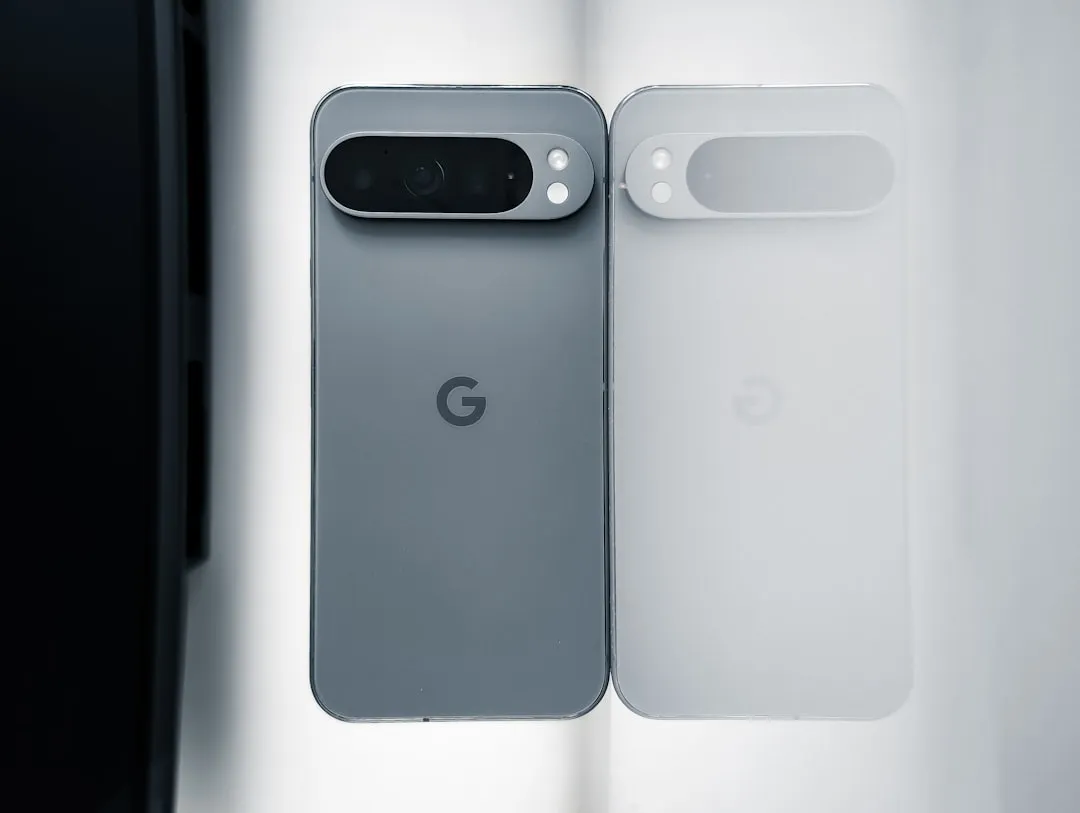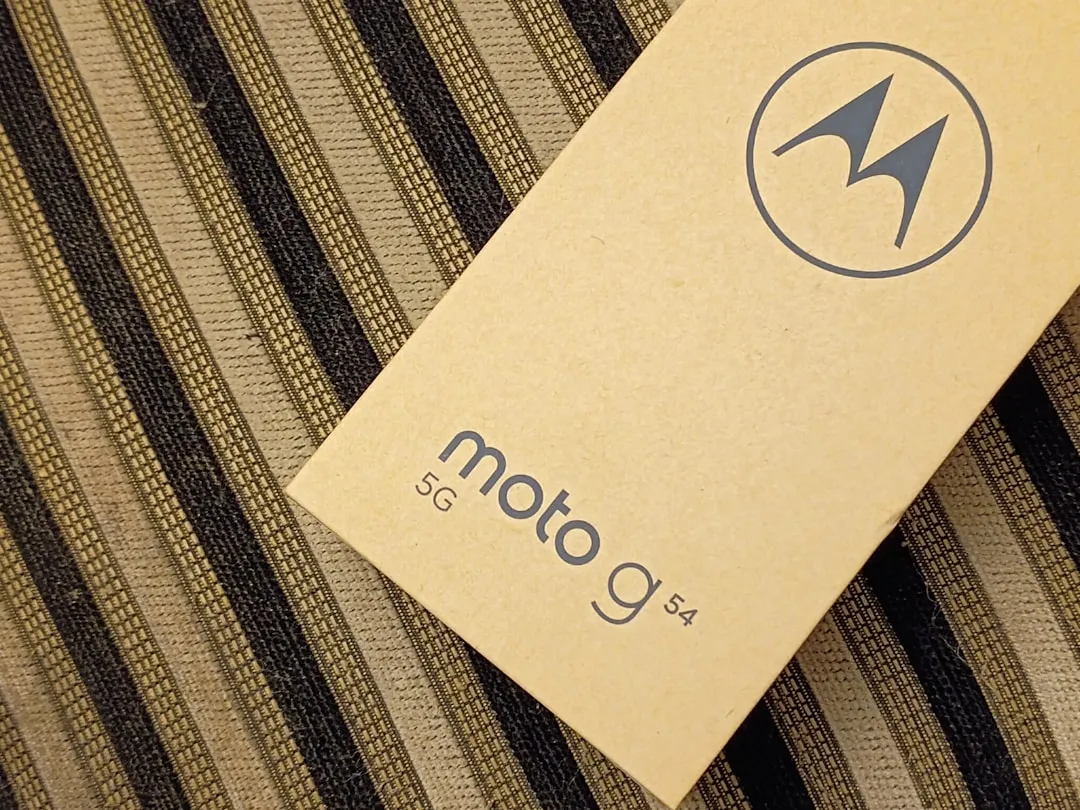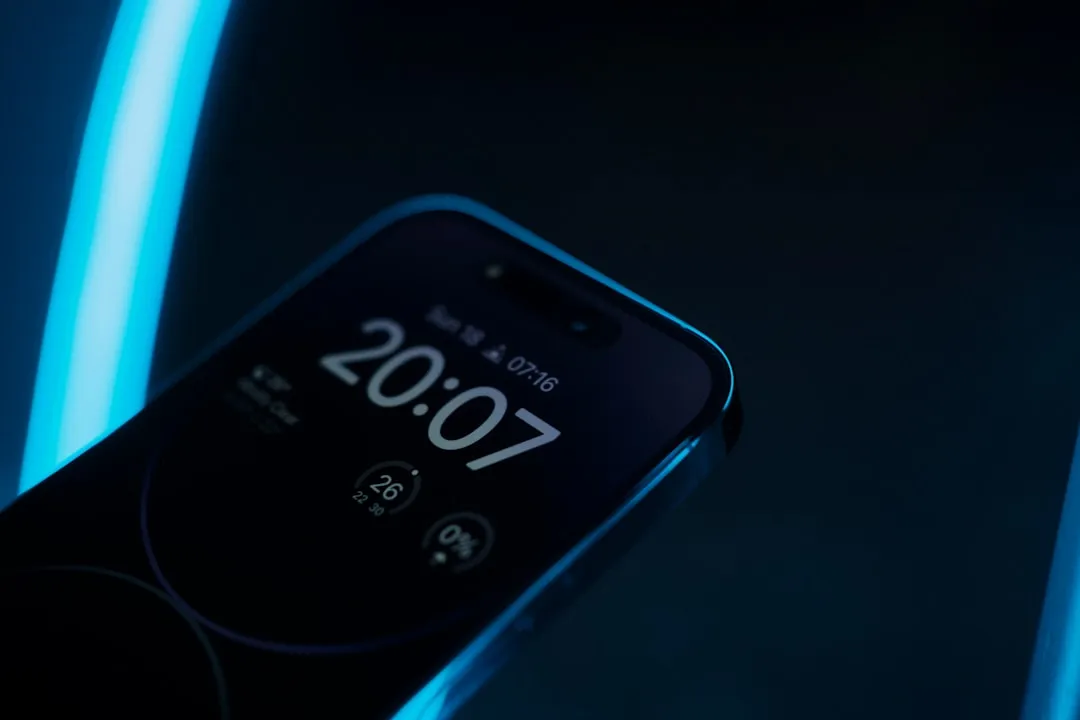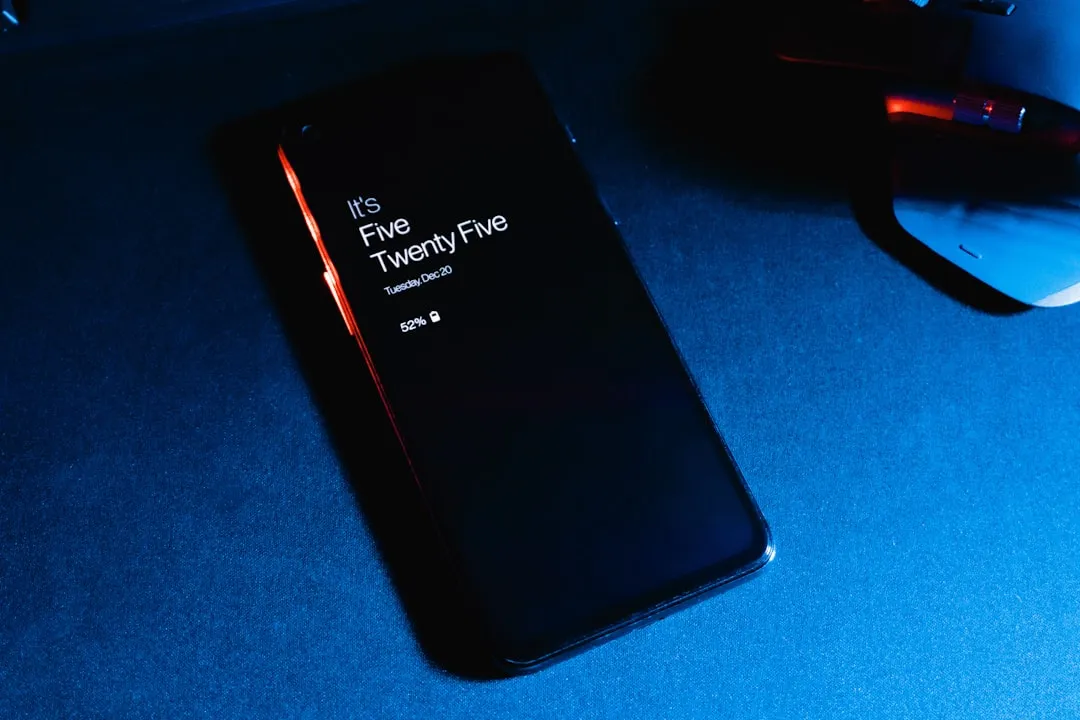An average user's smartphone tinkering doesn't go much further than taking their phones out of the box, signing into their account, and installing apps. But some of us want more functionality and customizability than the basic experience provided by Android and iOS.
Thankfully, the modding communities for both mobile operating systems have ensured that we're not limited by Apple and Google's vision for their mobile devices. For iOS, we have jailbreak to open the doors, and Android users can rely on root to tweak many different aspects of their operating system.
However, these two modding methods are not one in the same, despite the fact that many people use the terms interchangeably. They each have their benefits and drawbacks, and they offer distinctive sets of added capabilities, so if you're a modder and you're in the market for a new smartphone, there's plenty of stuff you should be aware of.
Jailbreak & Root Similarities
In terms of how the mods actually work, root and jailbreak are almost the same thing. Both modding methods ultimately remove restrictions that Apple and Google put in place, and both achieve this by giving you access to the protected files in your operating system. Once you get access to these files, you can use apps and mods to change their contents, thus changing the functionality of your device.
Think of root or jailbreak as having "Administrator" access on a Windows PC. Just like with Windows, this elevated access allows you to install apps that you couldn't otherwise install, or modify existing operating system files.
Root and jailbreak will both void your warranty, as neither Apple nor Google can guarantee that their software will work properly once you've tampered with it, but restoring stock firmware can bring your warranty back on either operating system. Hardware issues not traced back to root or jailbreak causes may still be covered in certain cases. Though rare, the actual process of rooting or jailbreaking could leave your device in a non-functional state, so there are definite risks involved either way.
Differences
Really, the only difference from an end-user standpoint is what you can actually do with root or jailbreak. Android and iOS were built with different ideas in mind, so it all comes down to what you would like to modify, as root and jailbreak have different strengths and weaknesses.
The main thing root has going for it is that Android is open-source—iOS is not. To understand this, think of closed-source software like a message written in secret code, without a key to help decipher it; This is how the iOS system itself is written, so making changes to the existing code will always be difficult, even if you have access to it.
With Android, the source code for almost every aspect of the operating system is freely available, which means developers have fewer obstacles when creating mods that change the OS itself after rooting. While jailbreak mods can definitely tweak system settings and theme interfaces, root offers deeper-level mods such as custom kernels, overclocking, and even custom ROMs, which replace the entire Android operating system. To put it simply, there's almost no aspect of the Android system that cannot be completely changed using root access.
On the other side, jailbreak mods are usually better at tweaking specific apps than their root counterparts. The iOS development community is extremely active, and some of the best independent developers will only work with Apple products, so jailbreak tweaks have higher quality on average. You'll find awesome tweaks like Phantom for Snapchat that lets you save Snaps or record videos while playing music on a jailbroken iPhone, while root alternatives like Snapprefs haven't been updated in quite a while, and can bog down app performance.
Another factor to consider here is firmware updates. A jailbroken iPhone can still receive automatic system updates, though this will remove jailbreak, and chances are, a new jailbreak method won't be ready for several months. On the other hand, a rooted Android device cannot be automatically updated, so you'll have to manually upgrade the firmware. This process will remove root access, however a new root method will generally be out within a week or two.
Security Implications
Both modding methods have downsides when it comes to security. For one, jailbreak apps come from third-party sources in the Cydia store almost exclusively, so there's little or no review process, since there's no official App Store involved. On the other hand, most root apps come from the Play Store and get reviewed by Google, but this can still be risky, considering that malware apps have slipped past Google in the past.
Root and jailbreak apps get unrestricted access to your entire file system, meaning every bit of data stored on your device is fair game. So with a jailbroken iPhone, you'll need to make sure you can trust the developer before you install a jailbreak app. However, the majority of root methods include a root-management app like SuperSU, which lets you selectively deny root access to apps you don't trust.
Either way, having full access to your device means that you can break functionality or create bigger security loopholes if you're not careful. So pay close attention to every mod you apply, and only install tweaks or mods from sources that you trust.
Conclusion
The main use for jailbreak is to install apps that Apple wouldn't normally allow you to install, whereas this can be done on Android without much tinkering. Root, on the other hand, is used primarily to change the Android system, so there's less of a focus on apps.
But, of course, there are exceptions to this rule. For one, the Xposed Framework allows rooted Android users to install modules that tweak app interfaces, among other things. And Cydia tweaks for jailbroken iOS devices can make changes to certain aspects of the operating system in addition to tweaking your apps.
The simplest way to summarize the differences is to think of jailbreak as a way to add functionality, and root as a way to change things. This harkens back to the main differences between Android and iOS on the whole—iOS started out with more polish and has added functionality along the way, whereas Android launched with more functionality and continues to refine the user experience.
- Follow Gadget Hacks on Facebook, Twitter, Google+, and YouTube
- Follow Android Hacks on Facebook, Twitter, and Pinterest
- Follow Apple Hacks on Facebook, Twitter, and Pinterest
- Follow WonderHowTo on Facebook, Twitter, Pinterest, and Google+
Cover image by Dallas Thomas/Gadget Hacks

























Comments
Be the first, drop a comment!